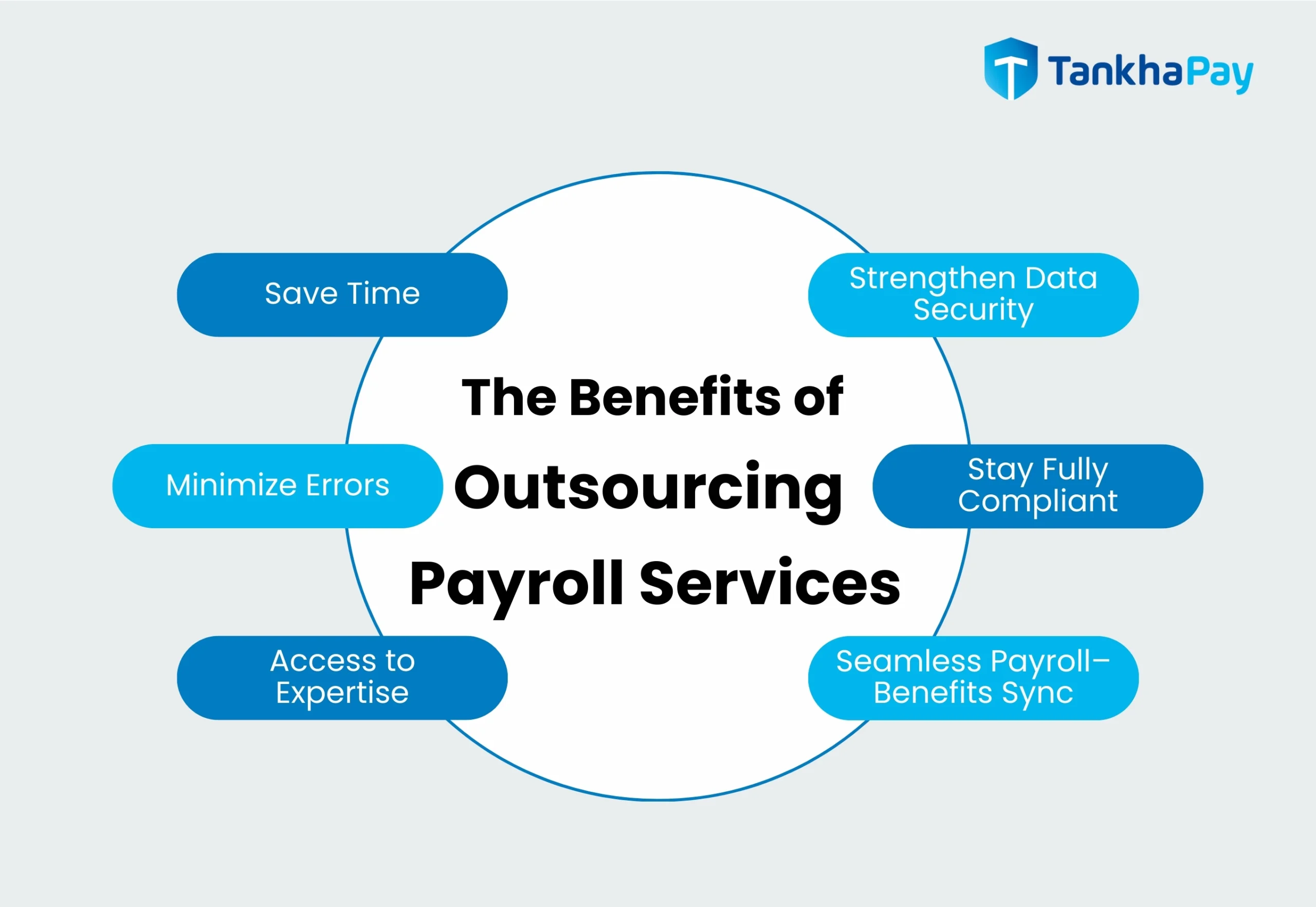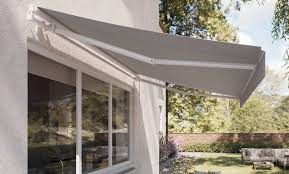Adding an awning canopy to your home is one of the simplest ways to enhance comfort, beauty, and functionality. Whether you want to enjoy shade on a hot summer’s day, protect your outdoor furniture from harsh weather, or simply boost your home’s curb appeal, the right awning canopy can make all the difference.
However, with so many styles, materials, and features available, choosing the perfect awning for your home can feel overwhelming. To help you make the best decision, this guide will walk you through the key factors to consider when selecting an awning canopy.
1. Understand the Purpose of the Awning
Before looking at styles and materials, think about why you want an awning.
- For shade: If your goal is to create a cool, shaded outdoor space, you’ll need a canopy with UV-resistant fabric.
- For weather protection: If you want to protect your patio, doors, or windows from rain and wind, choose a waterproof and durable option.
- For aesthetics: If curb appeal is your main concern, the style, color, and design will matter most.
Clearly defining the purpose will help narrow down your choices and ensure your awning serves its intended function.
2. Choose the Right Style
Awning canopies come in several different styles, each offering unique benefits. Here are some of the most common options:
- Retractable Awnings: These can be extended or retracted as needed, giving you flexibility. Perfect for patios and decks.
- Fixed Awnings: Permanently installed, these provide constant shade and protection. Ideal for windows and doorways.
- Freestanding Awnings: Independent structures that can be placed anywhere in your garden or yard. Great for outdoor seating areas.
- Motorized Awnings: Operated by a switch or remote control, these offer maximum convenience.
- Portable Awnings: Easy to move and store, portable canopies are a budget-friendly choice for temporary needs.
The right style depends on your space, budget, and how you plan to use it.
3. Consider the Material
The durability and performance of your awning largely depend on its material. Common options include:
- Fabric Awnings: Lightweight and available in a wide range of colors and patterns. Look for weather-resistant and UV-protected fabrics like acrylic or polyester.
- Metal Awnings: Extremely durable and resistant to harsh weather. Aluminum and steel options are popular for long-term use.
- Polycarbonate Awnings: Provide excellent protection from rain and UV rays while allowing natural light to pass through.
Each material has its pros and cons. Fabric is stylish but may require more maintenance, while metal and polycarbonate are stronger but less customizable in design.
4. Size and Placement
The size of your awning must match the space you want to cover. Measure carefully before purchasing:
- For windows and doors, make sure the canopy extends far enough to provide adequate shade and protection from rain.
- For patios and decks, the awning should cover the main seating or activity area without looking oversized.
Also, consider placement. South- and west-facing sides of your home usually need more protection from direct sunlight, while east-facing sides may only need light shading.
5. Think About Weather Conditions
Your local climate plays a big role in choosing the perfect awning canopy.
- In sunny regions, UV-resistant and heat-reflective fabrics are essential.
- In rainy areas, waterproof materials with sturdy frames will prevent sagging or leaking.
- In windy climates, retractable or reinforced awnings with wind sensors are a safer choice.
Choosing an awning designed for your weather conditions ensures long-lasting performance and safety.
6. Customization and Aesthetics
An awning canopy should not only be functional but also complement your home’s design.
- Color and Pattern: Choose colors that harmonize with your exterior walls, windows, and landscaping.
- Shape: From dome-shaped to flat, the shape can add character to your home.
- Trim and Detailing: Some awnings come with decorative trims that can elevate their look.
A well-chosen canopy can enhance your property’s value and add a touch of personal style.
7. Manual vs. Motorized
When it comes to retractable awnings, you’ll need to decide between manual and motorized options.
- Manual Awnings: Operated by a hand crank. Affordable and reliable but require physical effort.
- Motorized Awnings: Open and close with a remote, switch, or even smart home integration. More convenient but typically cost more.
Motorized awnings often come with additional features like wind or sun sensors, which automatically adjust based on weather conditions.
8. Maintenance and Durability
Maintenance is another key factor when choosing an awning canopy.
- Fabric awnings may need occasional cleaning and protection from mildew.
- Metal awnings require minimal maintenance but may need repainting over time.
- Polycarbonate panels usually need just a wipe-down with soapy water to stay clean.
Select an option that matches your willingness to maintain it, as proper care extends the lifespan of your awning.
9. Budget Considerations
Awning prices vary greatly depending on style, size, and materials. Fixed fabric awnings may be affordable, while motorized retractable options can be more expensive.
It’s important to strike a balance between cost and quality. Investing in a durable, high-quality canopy will save you money in the long run by reducing repairs and replacements.
10. Professional Installation vs. DIY
Finally, consider whether you’ll install the awning yourself or hire professionals.
- DIY kits are available for smaller awnings and can save money if you’re handy with tools.
- Professional installation ensures safety, proper alignment, and warranty coverage.
For larger, motorized, or custom awnings, professional installation is strongly recommended.
Conclusion
Choosing the perfect awning canopy for your home is about finding the right balance of functionality, durability, style, and budget. By considering the purpose, style, material, size, weather conditions, and overall design, you can select an awning that enhances your outdoor living space while boosting your home’s appeal. Contact New





